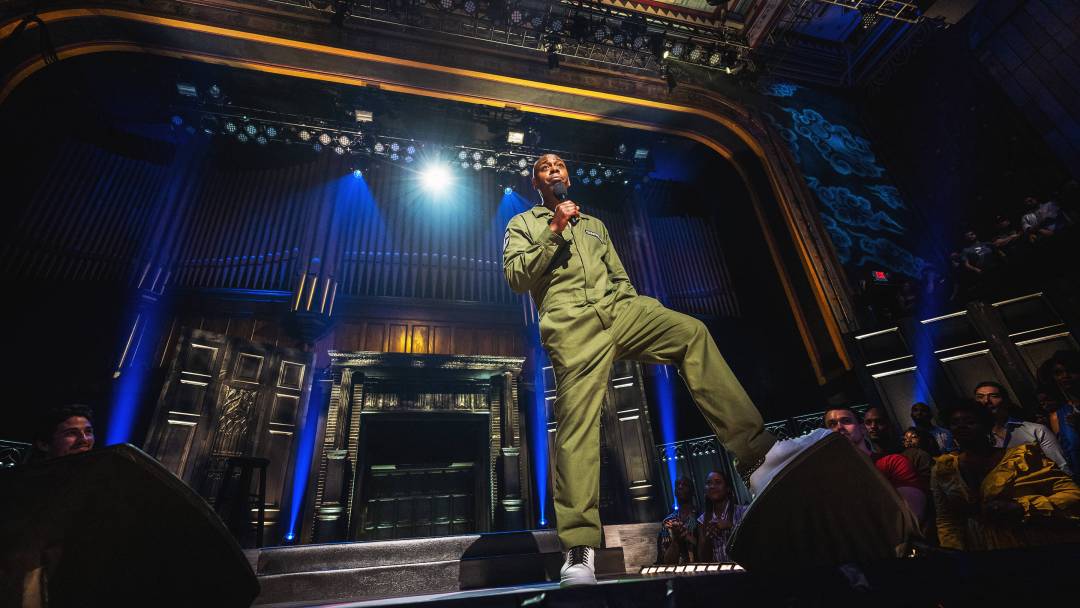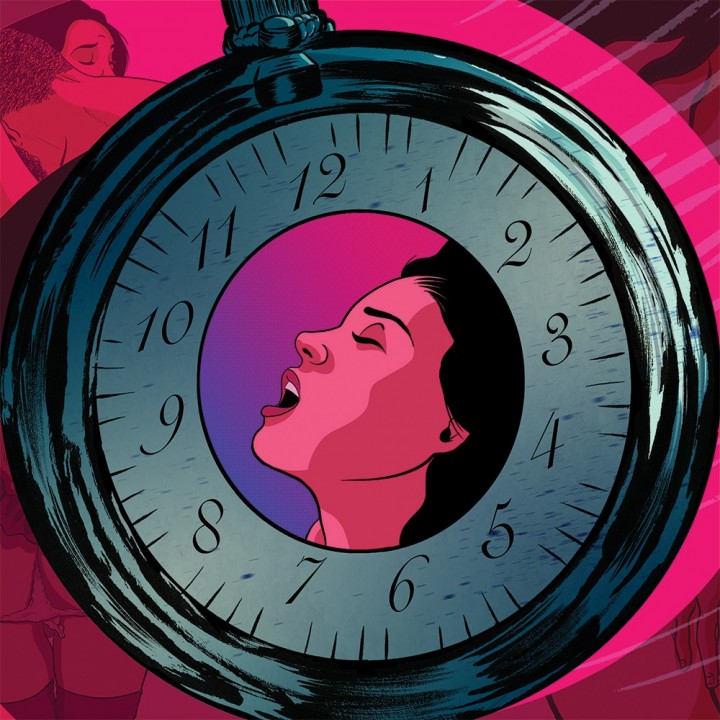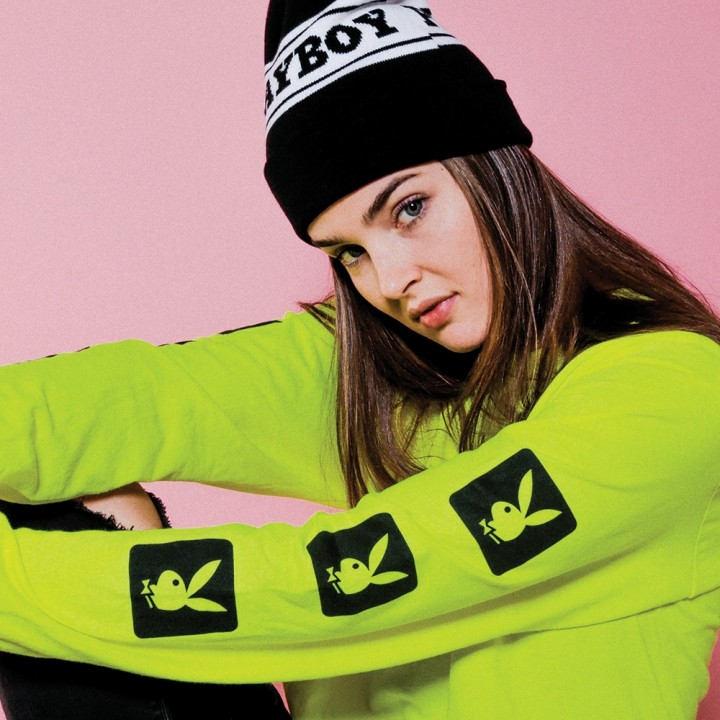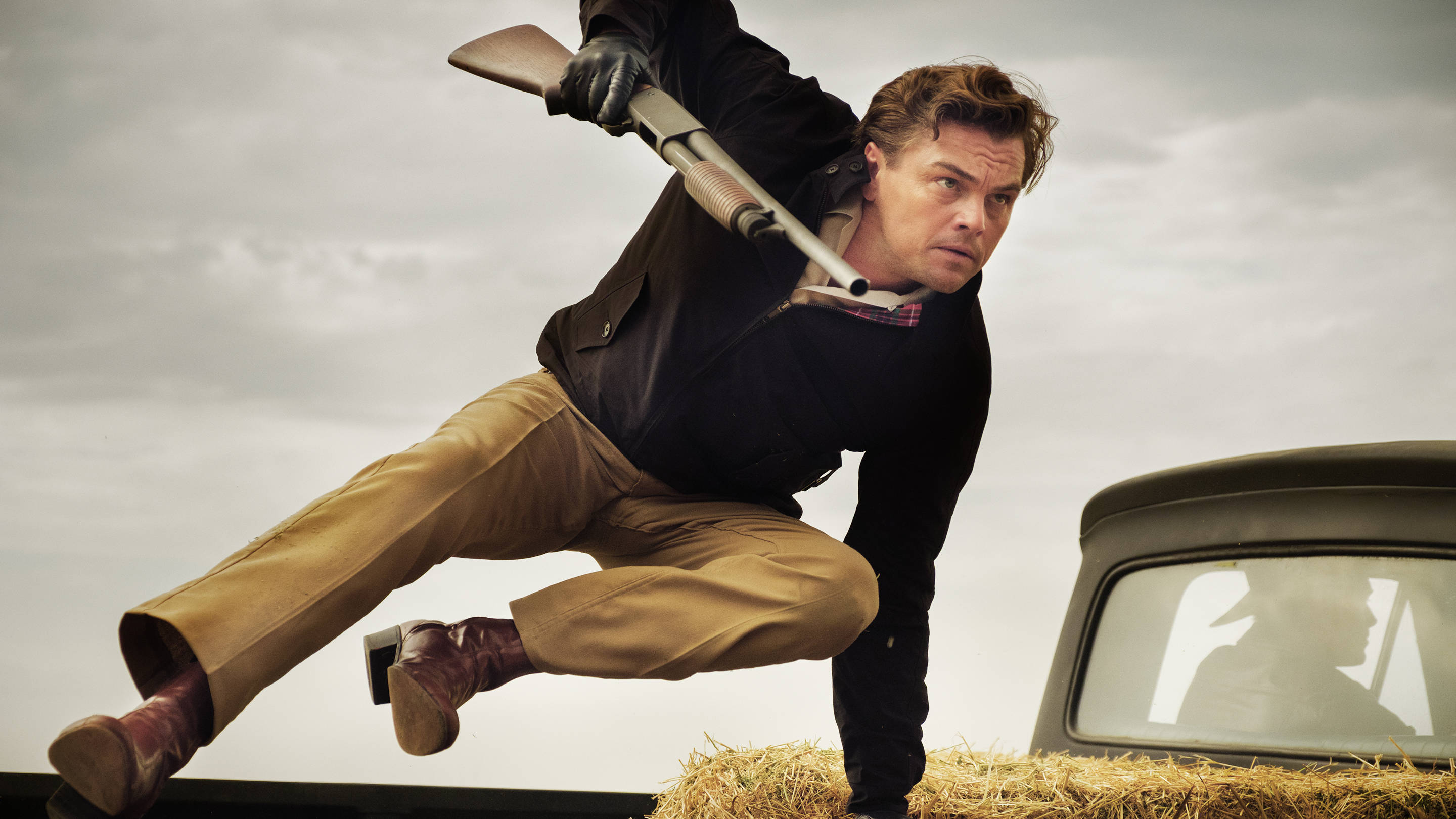
Tarantino Tries to Make Hollywood Great Again
It's white men to the rescue in 'Once Upon a Time … in Hollywood'
One of Quentin Tarantino's prevailing and most beloved traits as a director and world-builder is his fanboy love of nostalgia. His movies are always full of Easter eggs and homages to past glory days. Once Upon a Time … in Hollywood is no different, loaded with praise and longing for Hollywood's glory days of the 1960s. Unfortunately, as is often the case in American history, that past represents a time when Hollywood was dominated by white men who could run rampant with little regard or consequences for their actions. (Spoilers ahead.)
Once Upon a Time reimagines a world in which the '60s don’t have to end as Didion explains because in Once Upon a Time, the Tate murders never happen. The movie revolves around the fictional characters of Rick Dalton—a washed-up TV and movie Western star—and his stunt double, Cliff Booth, who is clinging to his last few gigs as Dalton’s stunt double. (Leonardo DiCaprio and Brad Pitt are astounding in these roles, and the movie really is a joy when these two are allowed to let their charisma and skill shine.) Dalton lives next door to Roman Polanski’s (Rafał Zawierucha) mansion and foils the Charles Manson (Damon Herriman) plan to kill Tate (Margot Robbie) in a truly gruesome climax that is sure to be controversial in its own right.
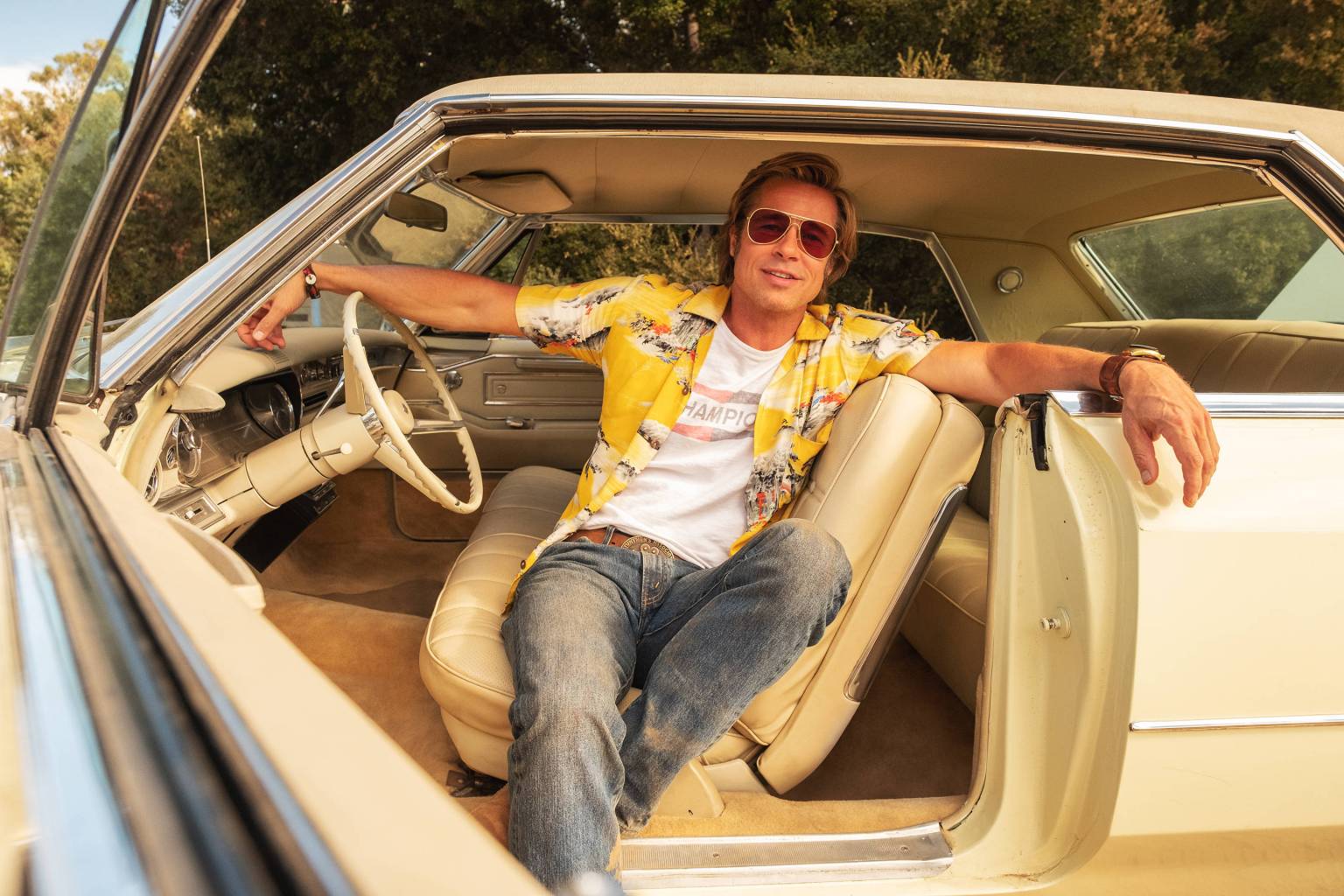
Tarantino never gives Tate the attention and character-building she deserves. Margot Robbie is as electric as ever, but that's a testimony to her own natural magnetism. She is barely handed any dialogue or much in the way of character development beyond a long scene in the middle of the movie where she watches herself in a theater, but even that is interspersed between two hero moments for the white-male saviors. So when she survives a murder that she never realizes she was in danger of being a victim of, the audience doesn't get to feel relief that she’s alive. Instead we are made to feel good about the prospects of Dalton’s career now that he and Booth were allowed to live out their white-male hero fantasies.
Women like Tate aren’t the only ones who become obscured by the light shining on white men. Everyone else is downplayed so that the stories of Dalton and Booth and what they represent can stand above. There’s an early punchline about Mexicans (delivered by a white man, Pitt). Native Americans are mentioned only in the title of a Western about cowboys killing them. And once again, as has been the case for the past half-century of Charles Manson in American pop culture, the racism and white supremacy of his ultimate plans get erased.
It’s an extreme case of “boys will be boys” in a Hollywood not bogged down by so-called social-justice warriors or Twitter hashtags.
The most quizzical character choice in the movie comes in the form of Bruce Lee (Mike Moh), who was on the verge of taking over Hollywood in 1969, but was just a silent ass-kicker in the Green Hornet TV show. In Once Upon a Time, he’s a pretentious caricature, going on a rant about combat fighting before inexplicably being incapable of besting Booth in hand-to-hand combat. The messaging is clear: Hollywood in the '60s belongs to real men like Booth and Dalton.
Booth and Dalton represent unchecked white-male dominance, and that is made clear by Tarantino floating out the widespread belief that Pitt’s character killed his wife. Most of Hollywood believes he did it, and the crime is never resolved and is left hanging over the remaining two hours of the movie after it’s first mentioned. It’s an extreme case of “boys will be boys” in a Hollywood not bogged down by so-called social-justice warriors or Twitter hashtags ending careers for past transgressions.
Once Upon a Time … in Hollywood is a movie in rebellion. Its simple existence near the top of the box office as an original script starring maybe the only two actors left who haven’t signed up to play a superhero is in itself a rebellion against remakes and movies about people in capes. Tarantino’s dream of Hollywood is also one in rebellion of change. Sure, it’s human nature to long for the days of lore, but often—especially in America—yesteryear comes at the expense of everyone but white men. Tarantino doesn’t seem to mind that consequence, and his vision of a perfect Hollywood suffers as a result.
20Q: Lorenza Izzo
The "Once Upon a Time In Hollywood" actress goes deep on Tarantino, nudity and representation

